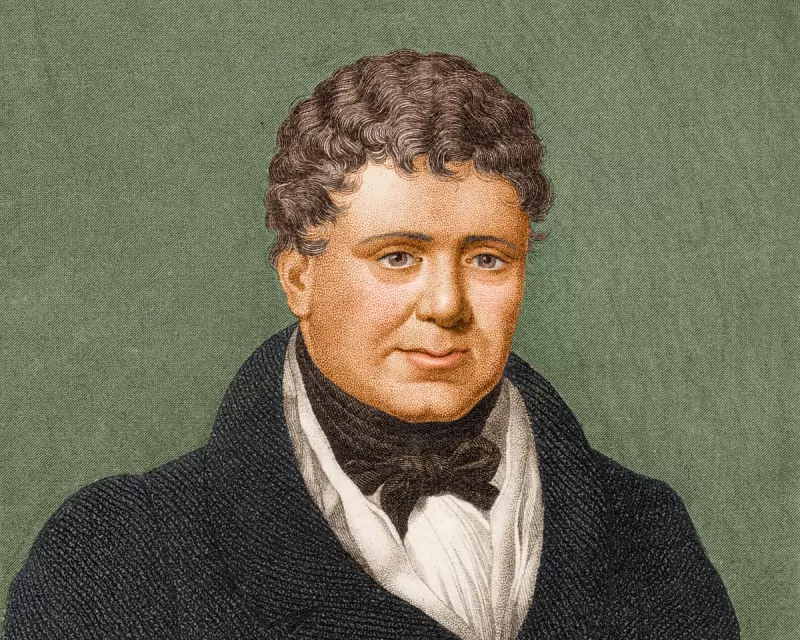
The enduring mystery surrounding the disappearance of Irish political leader Daniel O'Connell's embalmed heart continues to captivate historians and the public alike, 178 years after his death. Known as 'The Liberator' for his campaign for Catholic emancipation, O'Connell's final journey took an unexpected turn when his heart vanished under mysterious circumstances.
A Macabre Relic Lost to Time
Following his death in 1847 during a pilgrimage to Rome, O'Connell's body underwent an unusual post-mortem journey. While his remains were returned to Ireland, his heart was removed and preserved separately - a common practice for important figures at the time. The organ was meant to be sent to Rome, but somewhere along the way, it disappeared without trace.
Modern-Day Historical Hunt
As Ireland commemorates the anniversary of O'Connell's death on 15 May, renewed efforts are underway to solve this centuries-old puzzle. Historians have pursued numerous leads over the decades, from potential locations in Dublin to theories about the heart being secretly transported to various European cities.
The search has taken investigators:
- To Rome's Irish College where documents suggest the heart might have been sent
- Through Dublin's anatomical museums and medical collections
- To private collections of 19th century Irish memorabilia
Symbolic Significance
Beyond the historical curiosity, the missing heart holds deep symbolic importance. O'Connell's non-violent approach to achieving Catholic rights and parliamentary reform made him a revered figure. Some scholars believe finding the heart could provide new insights into 19th century Irish political and religious practices.
As one historian noted: 'This isn't just about recovering a biological specimen - it's about reconnecting with the physical embodiment of Ireland's peaceful path to emancipation.'
Whether the heart will ever be found remains uncertain, but the ongoing search ensures O'Connell's legacy continues to beat in Ireland's collective memory.





